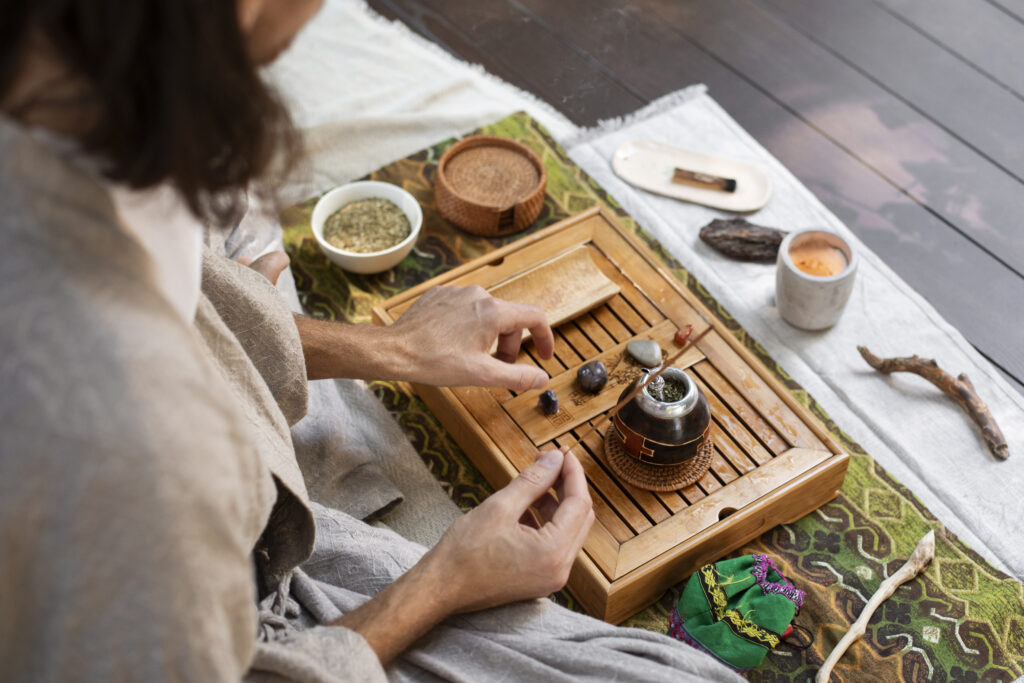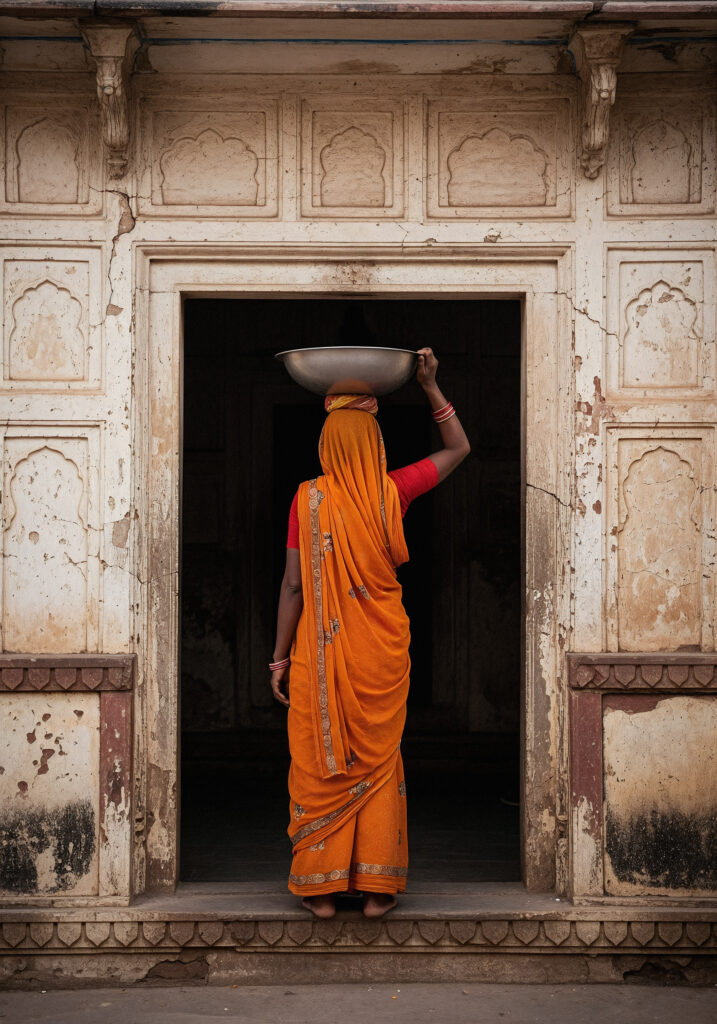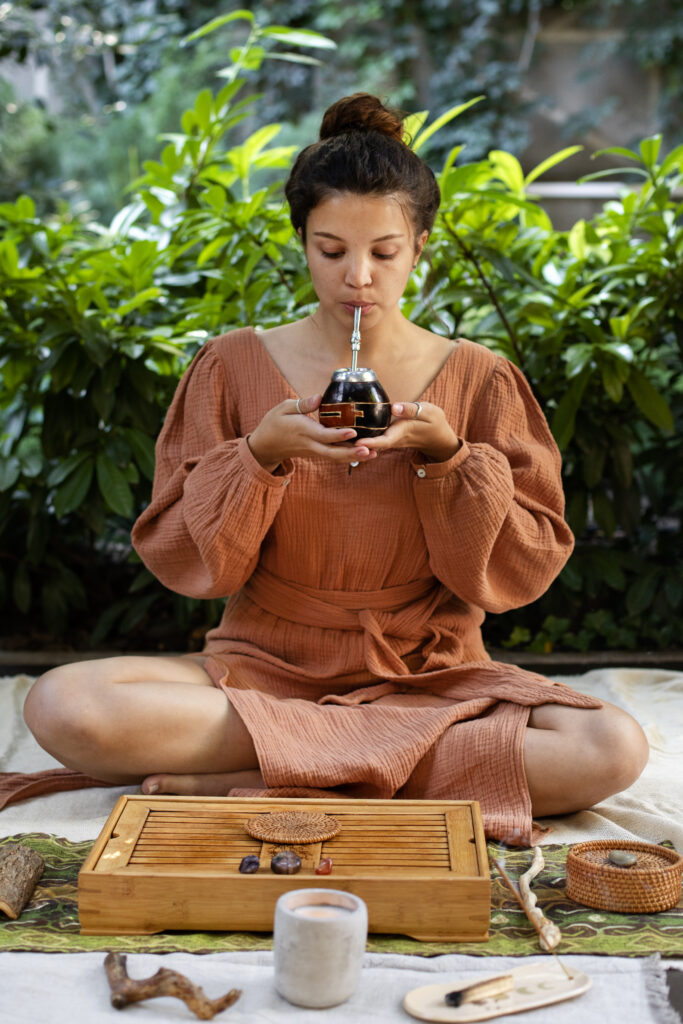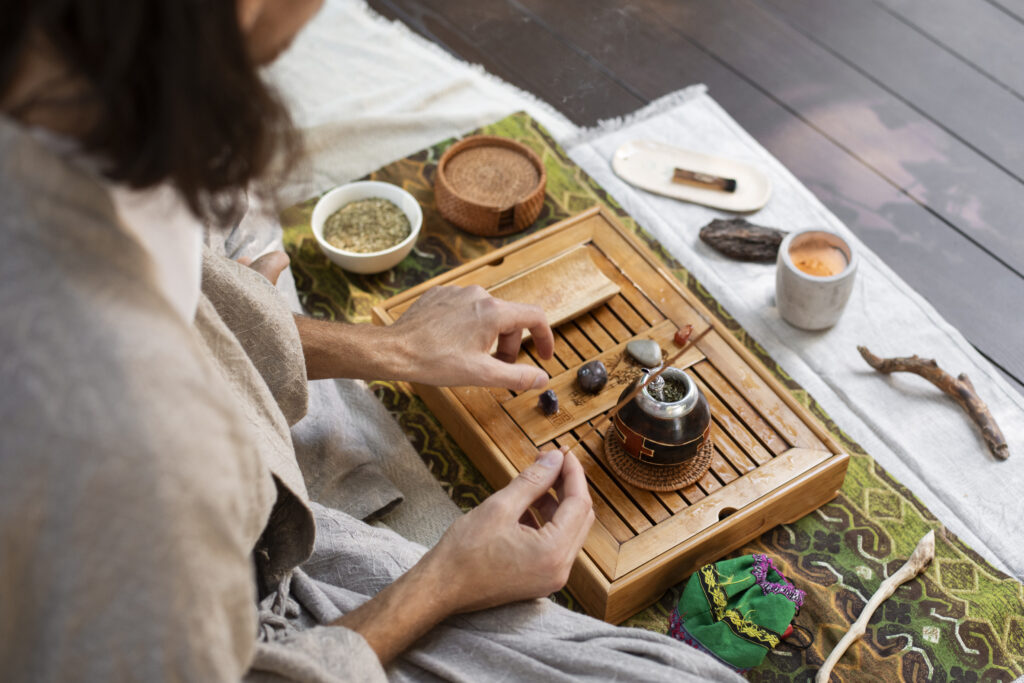Ayurveda, meaning “science of life” in Sanskrit (Ayur = life, Veda = knowledge), is an ancient Indian system of natural and holistic medicine. It is one of the world’s oldest healthcare systems, rooted in the Vedic texts and dating back over 5,000 years.
🕉️ Origins of Ayurveda (circa 3000 BCE)
Ayurveda originated in the Indus Valley Civilization (modern-day India and Pakistan) around 3000 BCE. Its knowledge was orally transmitted by sages known as Rishis, who integrated spirituality, philosophy, and medicine.
Key Early Texts:
- Rigveda and Atharvaveda: Earliest references to herbal medicine and disease.
- Charaka Samhita (by Charaka): Focused on internal medicine (Kayachikitsa).
- Sushruta Samhita (by Sushruta): Detailed surgical practices and anatomy (Shalya Tantra).
- Ashtanga Hridaya (by Vagbhata): A condensed version combining Charaka and Sushruta’s teachings.


⚖️ Core Principles of Ayurveda
- Tridosha Theory: Vata, Pitta, and Kapha — the three bio-energies that govern health.
- Panchamahabhuta: Five-element theory — Earth, Water, Fire, Air, Ether.
- Dinacharya and Ritucharya: Daily and seasonal routines for optimal wellness.
- Ojas, Tejas, and Prana: Subtle energies responsible for immunity, metabolism, and vitality.
🏺 Ayurveda in the Classical Period (500 BCE – 500 CE)
- Ayurveda was institutionalized in Takshashila and Nalanda, ancient Indian universities.
- It spread to Sri Lanka, China, Tibet, and the Middle East.
- Buddhist monks helped propagate Ayurvedic teachings through manuscripts and oral traditions.
🕌 Impact of Islamic and Colonial Eras (1100 – 1800 CE)
- During Islamic rule, Unani medicine gained prominence, and Ayurveda saw a decline.
- The Mughal Empire preserved many Ayurvedic manuscripts.
- British colonization suppressed traditional medicine in favour of Western biomedicine, but Ayurveda survived through village Vaidyas (traditional healers).
🇮🇳 Modern Revival of Ayurveda (1900 – Present)
Key Milestones:
- 1916: Ayurveda included in the curriculum at Banaras Hindu University.
- 1947: Post-independence, India recognized Ayurveda as an official system of medicine.
- 1970s–Present: Government bodies like AYUSH promote Ayurvedic education and research.
21st Century: Global wellness trends increased interest in Ayurvedic detox, nutrition, and skincare.
🌍 Globalization of Ayurveda
- Recognized by the WHO as a traditional system of medicine.
- Popular in the US, UK, Australia, and Europe through yoga, wellness retreats, and alternative therapies.
- Ayurvedic supplements, herbs like Ashwagandha, Turmeric, and Triphala, are now mainstream.
🧘♂️ Ayurveda Today: Science Meets Tradition
Modern Ayurveda integrates with:
- Functional medicine
- Personalized nutrition
- Mind-body practices
It complements allopathic medicine and is used to manage stress, digestion, skin health, and immunity.
✅ Why Learn the History of Ayurveda?
Understanding Ayurveda’s history helps:
- Appreciate its scientific and spiritual depth
- Trust in its time-tested natural remedies
- Recognize its influence on modern wellness trends


📌 Conclusion
The history of Ayurveda reflects humanity’s ancient quest for balance, wellness, and longevity. With roots in the Vedas and relevance in today’s health-conscious world, Ayurveda continues to evolve while staying true to its timeless principles.
🔍 Frequently Asked Questions (FAQ)
Q1: Who is the father of Ayurveda?
A: Charaka is known as the father of Ayurveda for his contributions through the Charaka Samhita.
Q2: Is Ayurveda scientifically valid?
A: Many Ayurvedic practices are being validated by modern research, especially in nutrition, herbal medicine, and stress relief.
Q3: Can Ayurveda be used with modern medicine?
A: Yes, Ayurveda often complements modern treatments, especially for lifestyle disorders.